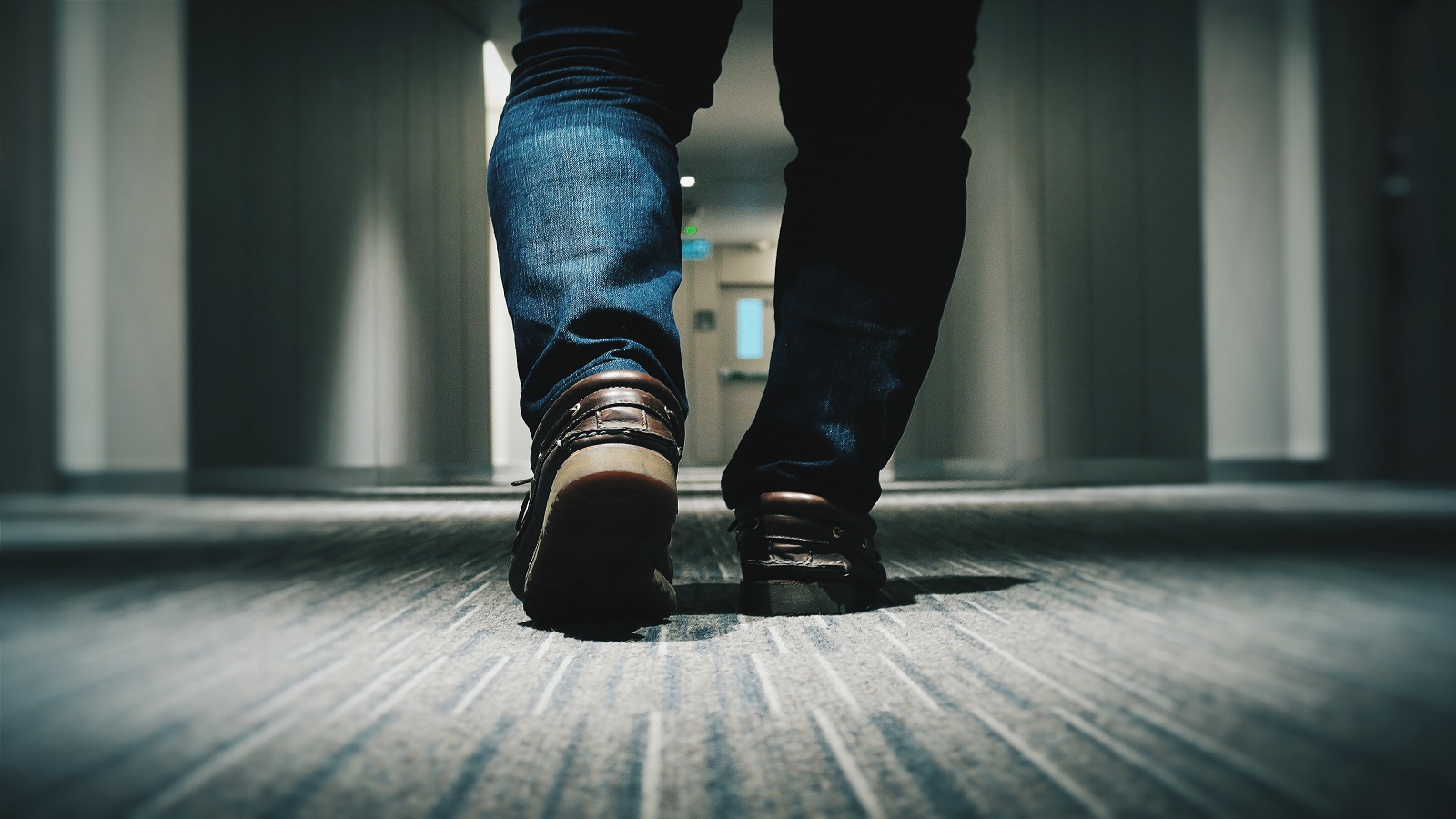How does flooring choice affect acoustics?

Noise pollution doesn’t just exist outside, with busy roads and factories. The levels of noise within our homes and offices can also contribute to poor health if not properly managed.
The flooring type, the underlay and how it’s fitted all play a part in the acoustics of a space. But the floor isn’t solely responsible for controlling volume levels. According to Well Building Standards; flooring, furniture and furnishings can all contribute to spatial acoustic levels. Making sure a space has enough soft furnishings and that acoustic considerations have been made with the walls and ceilings can all have a big impact on noise levels.
But why are acoustics important? What affects the acoustics of a room and do you have to have carpet to reduce noise levels?
Why do acoustics matter?
Sometimes, a restaurant can be so noisy, it doesn’t matter how great the food is, we’re put off from eating there again. Not only can it mean a space isn’t fit for purpose, because we can’t hear the people we’re talking to, but it can actually be bad for our health.
In a busy office, there are likely to be phones ringing, co-workers talking, printers, fax machines, coffee machines running and more, all contributing to the noise levels. Studies have shown that chronic noise in the workplace can cause an increase in blood pressure and heart rate. Plus, excessive noise can affect the emotional wellbeing of employees and can even cause increased stress and depression.
Productivity levels can also be affected if an environment becomes too noisy. Constant interruptions can lead to an inability to focus and if levels of background noise are too high, telephone calls to clients may be difficult.
WELL Building Standards and BREEAM both consider noise levels when grading buildings too.
What can affect room acoustics?
There are two types of acoustics to consider; airborne acoustics and impact acoustics. The first can be made worse in open spaces that don’t have many soft furnishings. Think back to the noisy restaurant.
The second is the noise that is made as people or objects move across the floor. Both airborne and impact acoustics need to be addressed to create a good environment for people.
The size of a room, shape of a room and what’s inside it, will all affect the acoustics. It’s not simply a case of putting down carpet (although that will help).
Can I have any flooring type?
The popularity of hard flooring, such as wood and stone, means designers and flooring contractors must perform a balancing act between limiting noise levels and getting the desired look for the room.
There are numerous flooring products available which will help limit noise levels. The important part is knowing which products are compatible with which. The screed, backing, adhesive and flooring choice all need to work together.
Carpet and carpet tiles
Carpet, like broadloom and carpet tiles with a cushion or soft backing, are great for absorbing sound waves. The thicker the carpet the more noise that’s absorbed. There will be a choice of underlays available with this too. A thicker underlay will again absorb more noise.
It’s not just the footfall noise that is absorbed by carpet either. Carpet is much better at absorbing airborne noise within a building and even noise outside, such as traffic or construction.
Timber floors
A laminate flooring board is lightweight and has a hard surface. That means there is more footfall noise compared to other flooring types. Improvements can be made with the addition of acoustic pads underneath the boards.
Engineered hardwood is heavier, therefore a quieter choice, compared to laminate. The installation method will have an impact on the acoustics too. Using a cradle and batten system allows insulation to be added under the timber, which absorbs sound waves. This can be particularly helpful in large residential developments, where inhabitants are in close proximity to one another. Cradle and batten systems can also be used to eliminate uneven sub-floor heights, and can accommodate service hatches for floor panel access.
LVT
This flooring comes in a variety of designs. It can have timber effects, numerous colours or be made to look like stone. To help reduce noise levels in the room, it has an acoustic backing adding to it. And it can be used with the cradle and batten system too.
Rubber, lino and vinyl
A rubber floor will absorb a lot of noise, although it can be more expensive than lino and vinyl, which are sometimes used instead. The lino and vinyl can have an acoustic backing added to improve its acoustic qualities. Cork backing will also cushion the floor covering, which reduces noise too.
Making the right choice for your floor
Carpet will perform best at absorbing sound waves, but that doesn’t mean that other flooring types are out of the picture. There have been a lot of developments which make other floor coverings a possibility.
As the leading UK commercial flooring expert, we know flooring and can work with designers and contractors to find the best flooring for your project. We’ve worked on some of the largest commercial and residential projects across the UK, which all have varying acoustic requirements to achieve.